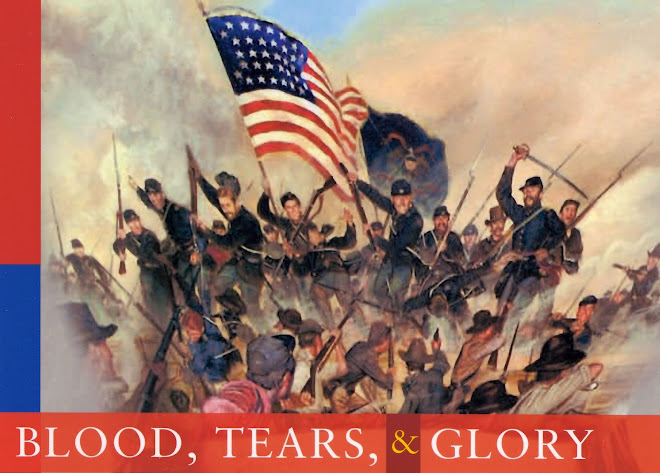
A VERY BIG WEEK
Encouraged by his victory at Second Bull Run, about 30 miles from Washington, Confederate Gen. Robert E. Lee slides by the nation’s capital and heads north, scaring the daylights out of loyal citizens in Maryland, Pennsylvania, and points north.
This is part of Lee’s “offensive-defensive” strategy, an effort with at least four (1) objectives: knock a very large hole in Northern morale, (2 regain Maryland for the Confederacy, (3) persuade England and France to recognize the Confederacy, and (4) scoop up some fodder and supplies from the lush Northern countryside. Oh, and it would be nice to wipe out McClellan’s Army of the Potomac if that fastidious and slow-moving Union commander offers an opening.
So Lee moves west of Maryland’s South Mountain, McClellan east.
Averaging 1,300 feet in height, South Mountain is a 50-mile-long ridge dividing eastern Maryland from its western panhandle. On Sunday Sept. 14, fighting breaks out at numerous passes over the mountain as Lee’s Confederates attempt to hold back McClellan’s Union forces, who are trying to get at Lee west of the mountain.
The Confederates fail to stop the Union soldiers, whose superior numbers blast their way through the passes. But the delay has allowed Lee and Jackson to arrange their forces on the high ground near, near Sharpsburg, Maryland.
On Monday, Sept. 15, Stonewall Jackson captures Harpers Ferry,Virginia (now West Virginia) taking 12,000 Union soldiers prisoner following a less-than-spirited defense. For that weak-hearted defense, soldiers blame Dixon S. Miles, the Union commander,. Dixon just happens to be killed shortly before the surrender…possibly by “friendly fire” from Union artillery manned by frustrated soldiers.
By Wednesday, Sept. 17, Lee, joined by Stonewall Jackson, has stationed his Confederates on the high ground west of Antietam creek, near Sharpsburg. Having moved too slowly to get there first, McClellan now must fight his way uphill. But he has about 87,000 men to Lee’s 45,000.
Once again, McClellan botches things. Instead of throwing everything he has at Lee, he attacks piecemeal, the attacks moving southward in the course of the day. The first, against Jackson, is finally stalled, and the second, at mid-day against the Confederate center, runs into a buzz saw featuring diehard Confederates hunkered down in “The Sunken Road,” soon to be known as “Bloody Lane.” Bodies pile up in heaps.
The third attac, in the afternoon, finally carries a stone bridge (still standing and now known as “Burnside Bridge”) and flows into Sharpsburg. But then Confederate Gen. A. P. Hill’s forces arrive, dressed in Union uniforms captured at Harpers Ferry. The Union attack stalls.
Thursday, Sept. 18 passes relatively quietly, neither side moving. Having taken heavy losses and realizing he is badly outnumbered, Lee removes his troops during the night of Sept. 18-19. Union soldiers awake Friday morning to find the enemy gone. Because Lee retreated, leaving the field to McClellan, this is considered a union victory.
But Antietam will be remembered for two things: it was the bloodiest single day in the Civil War, taking (from both sides) over 3,600 lives and wounding over 17,000 men. A total of about 1,800 men, from both sides, were missing or captured.
If McClellan had moved faster and used more of his men, he might have exacted a crushing defeat, instead of a “hollow victory.” But a win is a win, and on Saturday, Sept. 20, President Lincoln is emboldened to draft the Emancipation Proclamation, intending to issue it on Monday, to take effect next January.
Elsewhere, on Saturday, Sept. 20, Ohio’s Maj. Gen. William S. Rosecrans defeats Confederate Gen. Sterling “Pap” Price at Iuka, Mississippi. However, Rosecrans’ superior, Maj. Gen. Ulysses S. Grant, blames Rosecrans for not pursuing Price with enough vigor and destroying him. Grant will never forgive or forget this failure.
So, as autumn arrives, Confederate attempts to retake the initiative from the Union, have failed, both in the eastern and western theaters. Northern civilians breathe easier, Europe declines to recognize the Confederacy, and freedom looms for many of the South's slaves.



No comments:
Post a Comment